The Jetsons’ futuristic lifestyle, complete with flying cars and robotic assistance, painted a picture of a near-magical world. Are we finally on the brink of turning these sci-fi dreams into reality?
1. Electric Vehicles (EVs) Gain Popularity
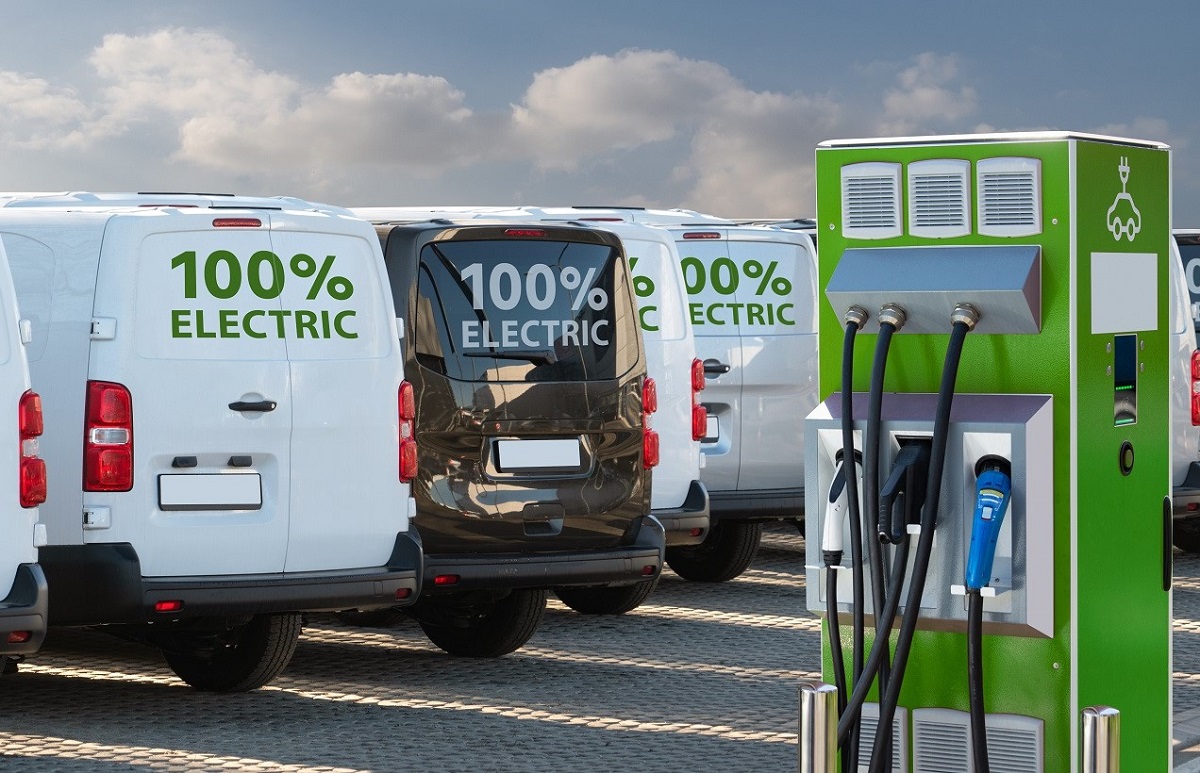
Image Credit: Shutterstock / Scharfsinn
Electric vehicles are no longer niche; they’ve hit the mainstream with major automakers committing to an all-electric future. This shift promises significant reductions in greenhouse gas emissions.
2. Autonomous Cars on the Rise
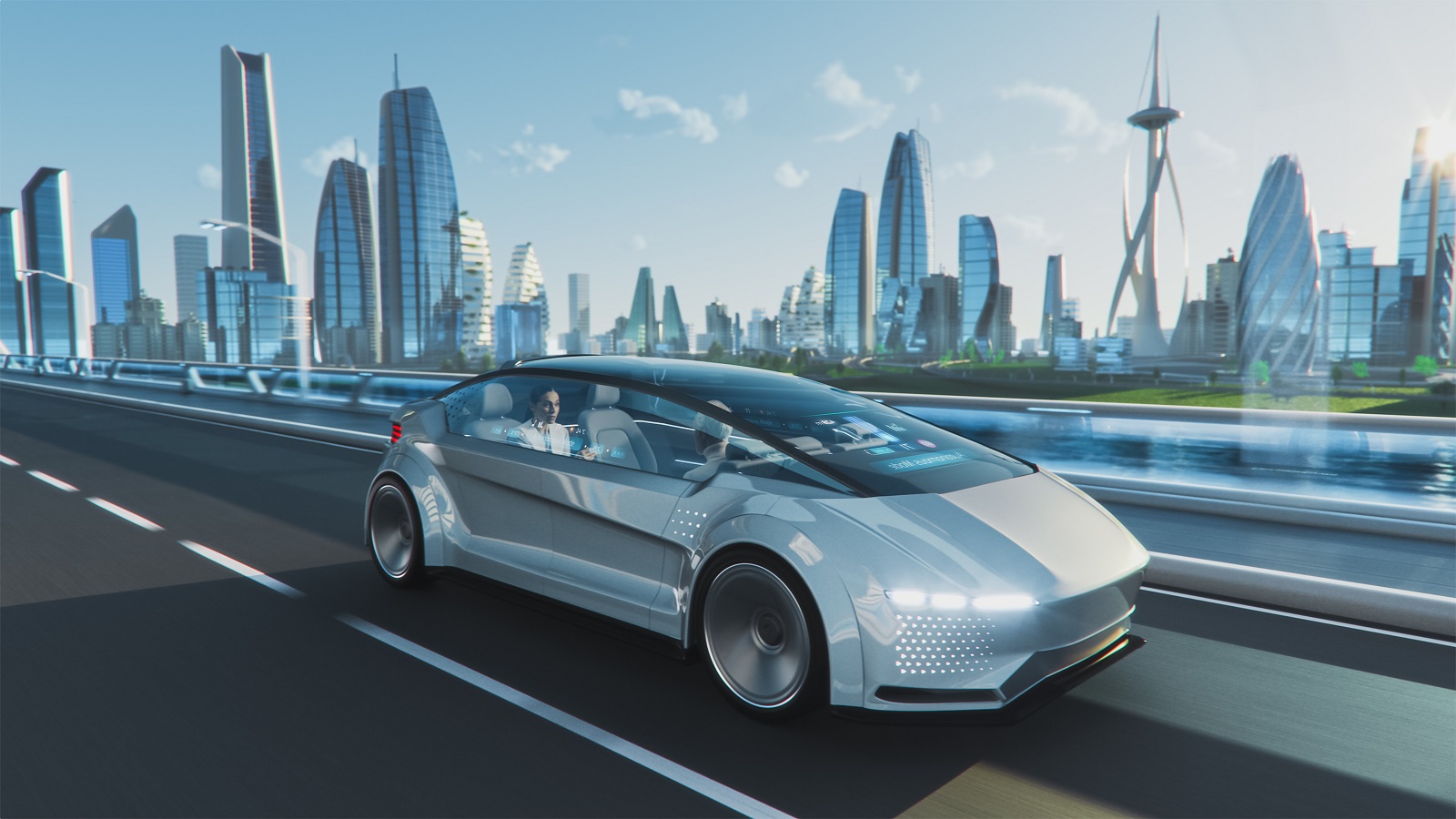
Image Credit: Shutterstock / Gorodenkoff
Self-driving technology is advancing rapidly, suggesting a future where cars navigate and park without human intervention. These developments could lead to safer roads and less traffic congestion.
3. The Advent of Flying Cars
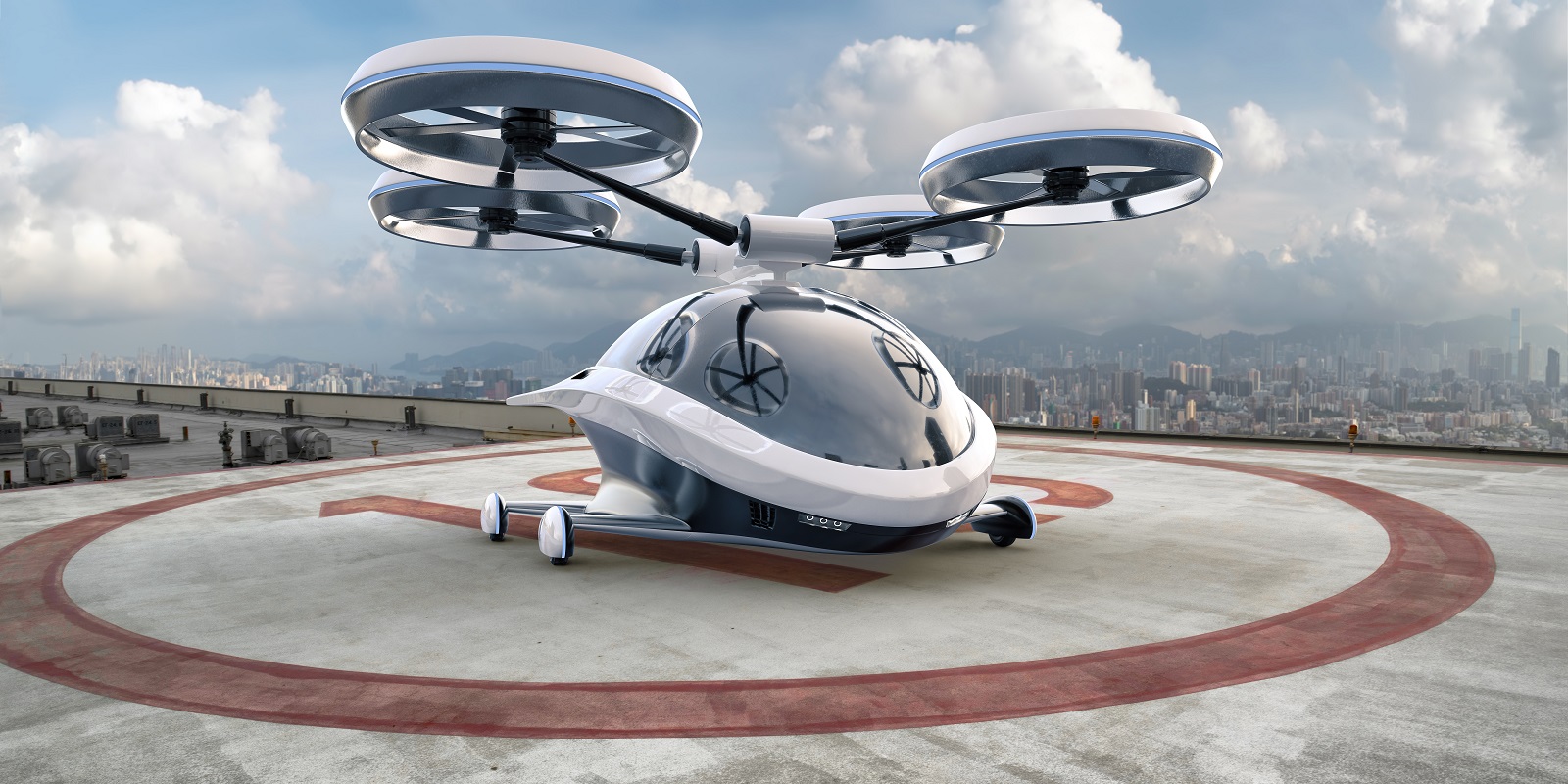
Image Credit: Shutterstock / IrenaR
Companies like AeroMobil are actively testing flying cars, bringing us closer than ever to the Jetsons’ sky-high traffic. Yet, the practicality and safety of such vehicles in crowded airspace remain in question.
4. Hyperloop’s Promise

Image Credit: Shutterstock / Kardasov Films
The Hyperloop aims to revolutionize public transport with capsules traveling in vacuum tubes at airline speeds. If successful, this could drastically cut down travel times and reshape commuting.
5. Smart Roads Becoming a Reality

Image Credit: Shutterstock / AlinStock
Smart roads equipped with sensors and IoT technology are being developed to communicate with vehicles, enhancing traffic management and road safety. This infrastructure is essential for supporting autonomous and connected vehicles.
6. Augmented Reality Dashboards
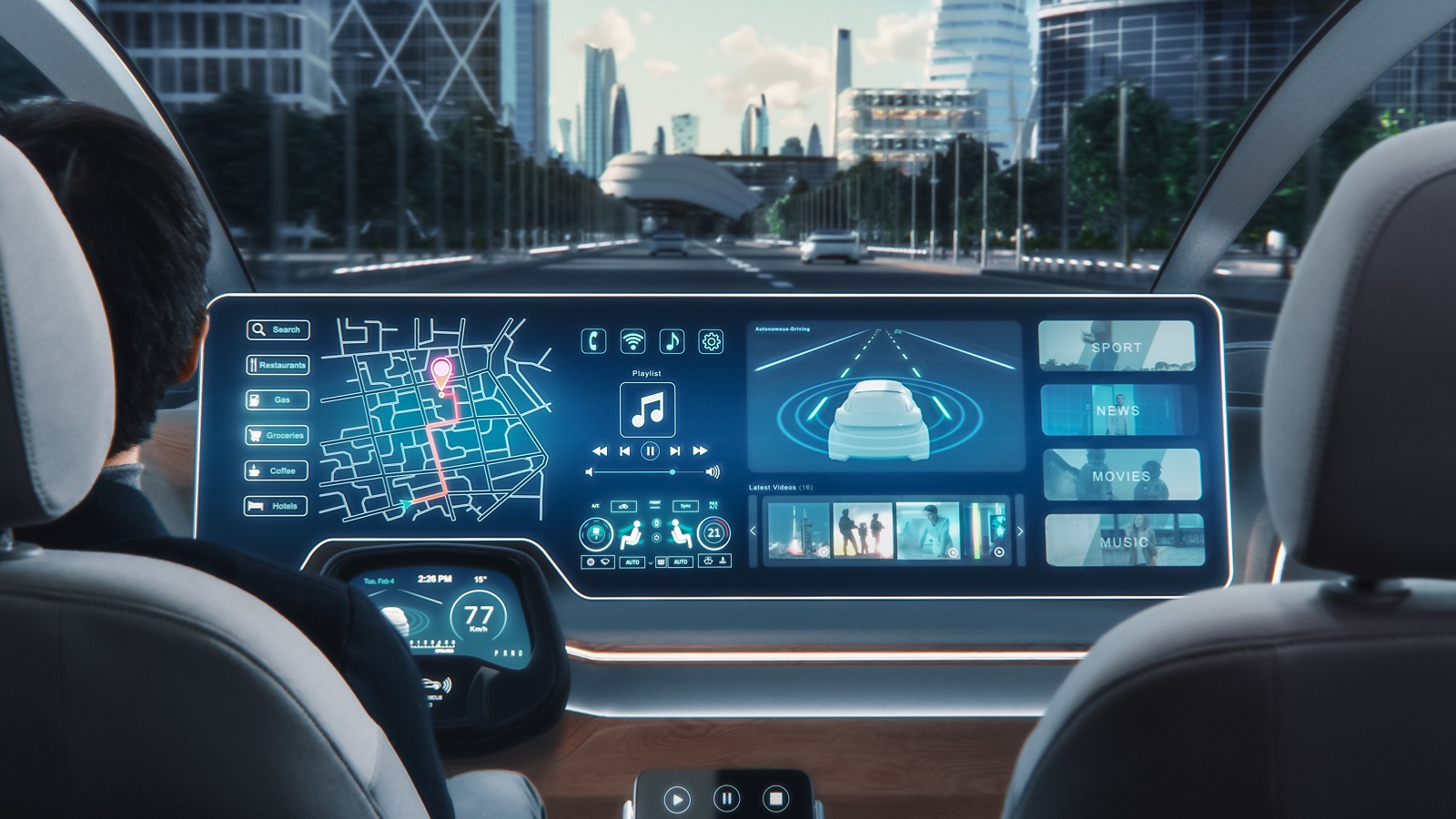
Image Credit: Shutterstock / Gorodenkoff
Augmented reality dashboards are enhancing driver experience by projecting vital information onto the windshield. This technology combines data and design to keep drivers informed and engaged.
7. Delivery Drones in the Sky

Image Credit: Shutterstock / No-Mad
Drones are being piloted as the next big thing in package delivery, potentially reducing road traffic and the carbon footprint of traditional delivery methods. Their integration into airspace and society still faces logistical challenges.
8. Connectivity through Internet of Vehicles

Image Credit: Shutterstock / metamorworks
The Internet of Vehicles (IoV) integrates cars into the larger digital ecosystem, optimizing traffic flow and vehicle functionality. However, this connectivity also raises significant privacy and security concerns.
9. Cost Barriers to Advanced Tech
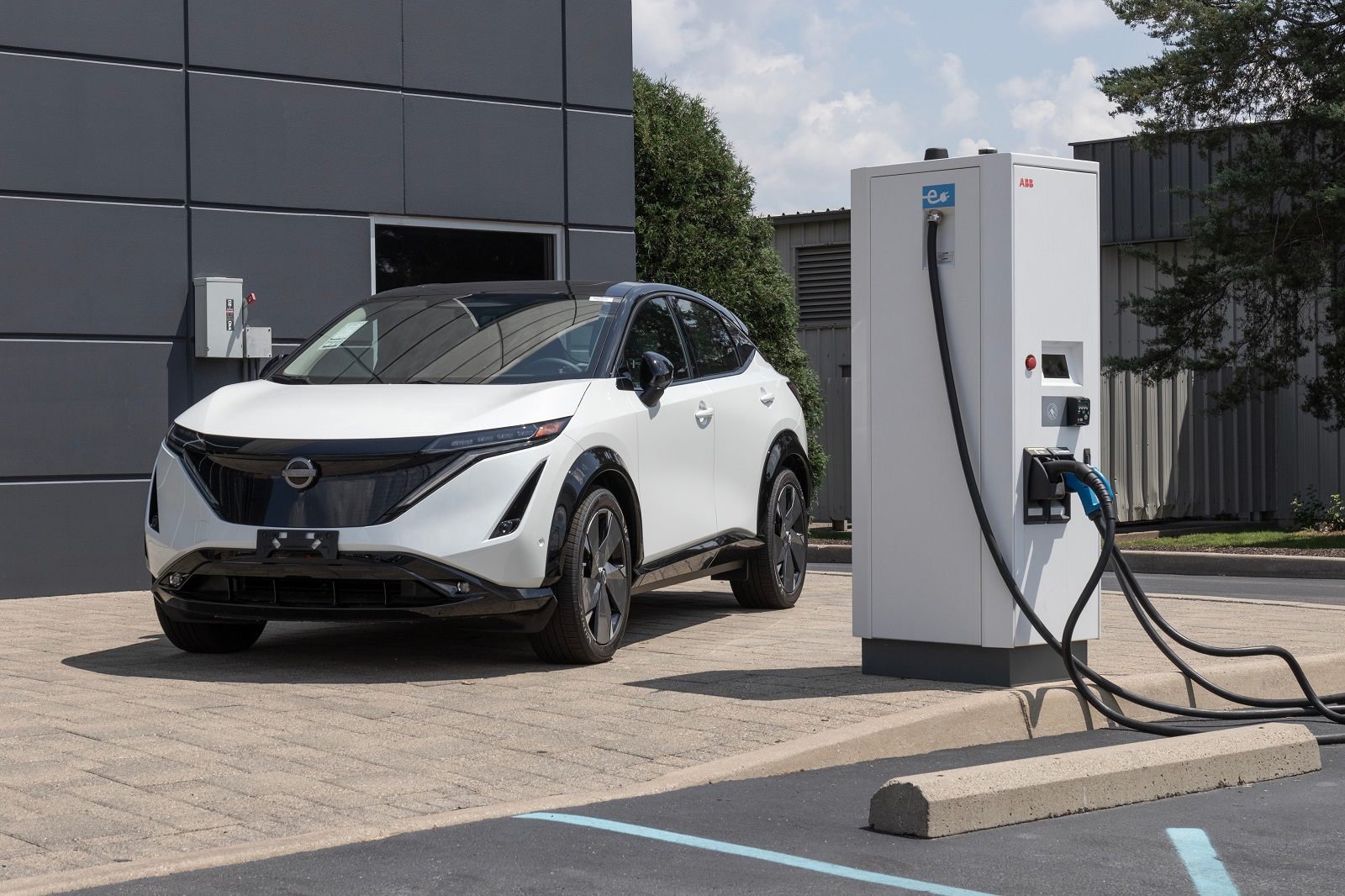
Image Credit: Shutterstock / Jonathan Weiss
The cost of adopting new technologies like autonomous and electric vehicles remains high, limiting accessibility for the average consumer. Economies of scale and technological advancements are critical to overcoming these financial hurdles.
10. Regulatory and Safety Challenges

Image Credit: Shutterstock / Alexander Supertramp
Regulatory frameworks are struggling to keep pace with technological advances, creating barriers to implementation. Safety concerns, particularly with autonomous vehicles, continue to be a significant hurdle.
11. Environmental and Ethical Concerns
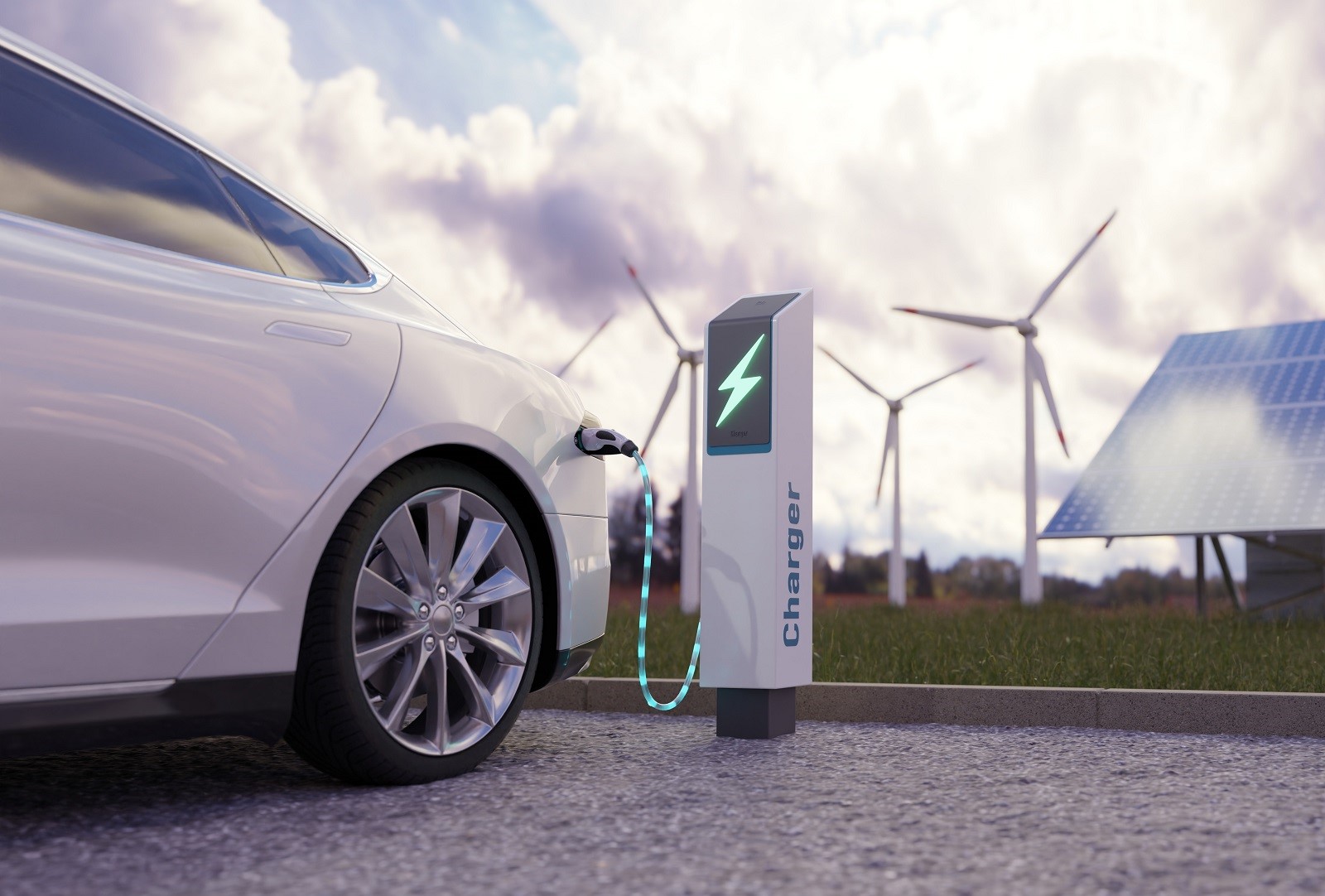
Image Credit: Shutterstock / Markopolo
While EVs offer cleaner alternatives to fossil fuels, the environmental impact of mining for battery materials is considerable. Ethical sourcing and recycling are becoming pivotal issues in the industry.
12. Job Displacement Fears

Image Credit: Shutterstock / J Walters
The rise of automated vehicles threatens to displace millions of drivers worldwide, sparking debates about the economic impact of technology on the workforce. Transition strategies for affected workers are urgently needed.
13. Infrastructure Investment Required

Image Credit: Shutterstock / Reshetnikov_art
Upgrading infrastructure to support futuristic vehicles involves substantial investment. Governments and private sectors must collaborate to fund these massive projects.
14. Cybersecurity Risks Increase

Image Credit: Shutterstock / Virrage Images
As vehicles become more connected, they also become more vulnerable to cyber attacks. Securing automotive systems against hackers is becoming an essential focus for manufacturers.
15. Public Acceptance and Trust

Image Credit: Shutterstock / Monkey Business Images
Despite the advancements, public trust in autonomous technology is lagging. Building confidence through proven safety and reliability is essential for widespread adoption.
16. Urban Planning and Development

Image Credit: Shutterstock / Dragon Images
Futuristic vehicles require rethinking urban planning to accommodate new forms of transport. Cities must adapt to technologies like flying cars and autonomous shuttles to fully realize their potential.
17. Global Standards and Cooperation

Image Credit: Shutterstock / Summit Art Creations
Creating global standards for vehicle technology is crucial for ensuring compatibility and safety across borders. International cooperation is needed to address these complex challenges.
18. Ethical Algorithms

Image Credit: Shutterstock / 3rdtimeluckystudio
As decision-making in vehicles becomes more automated, the programming of ethical algorithms to handle emergency situations becomes increasingly important. These decisions must be transparent and guided by societal values.
Look to the Future

Image Credit: Shutterstock / sun ok
While we are making significant strides towards a Jetsons-like future, the road ahead is fraught with challenges both technical and ethical. Balancing innovation with safety, affordability, and public acceptance will be crucial as we drive into the future.
The post – How Close Are We to Living Like the Jetsons? – first appeared on Mechanic Insider.
Featured Image Credit: Shutterstock / Marko Aliaksandr.
For transparency, this content was partly developed with AI assistance and carefully curated by an experienced editor to be informative and ensure accuracy.



